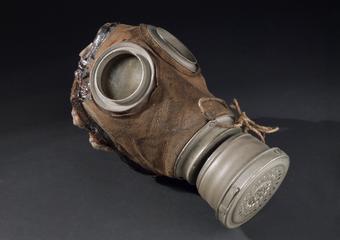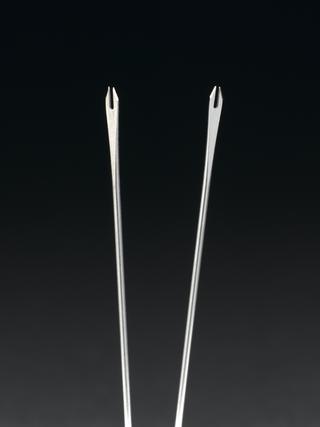












A Virustatic Shield, a face covering snood produced by Virustatic, in original packaging. The fabric has a coating of the Viruferrin (registered trademark) protein which traps and kills certain viruses, aiming to provide protection for the wearer and reducing the transmission risk from touching the face covering and then touching something else. Initially invented to protect against pandemic flu, the product was tested against SARS-CoV-2 in 2020 and shown to be effective. It was brought to market in 2020.
This Virustatic Shield fabric face covering was invented by Paul Hope, an engineer from Manchester. Early research was undertaken in collaboration between Virustatic and the University of Manchester under Professor Sabine Flitsch.
Mr Hope was inspired to develop this protein technology after the SARS epidemic in 2010. His grandfather had died of Spanish Flu in 1919 and Mr Hope believed that another pandemic flu was inevitable.
The Virustatic Shield face covering design was focused on an aim to find a solution to consumer issues of improper mask hygiene and washing. A YouGov poll showing that only 13% of reusable mask wearers are washing them in line with guidelines
Virustatic are a high-tech company engaging with advanced materials, health innovation and biosciences through their work to create anti-viral fabric. The acquisition demonstrates a Greater Manchester’s development from a traditional textiles industry to a contemporary focus on high-tech fabrics.
Details
- Category:
- Public Health & Hygiene
- Object Number:
- 2021-1651
- Materials:
- viscose, elastane, lactoferrin and plastic (unidentified)
- Measurements:
-
overall (snood): 350 mm x 220 mm
overall (in packaging): 145 mm x 155 mm
- type:
- face covering
- credit:
- Gift of Virustatic Ltd




